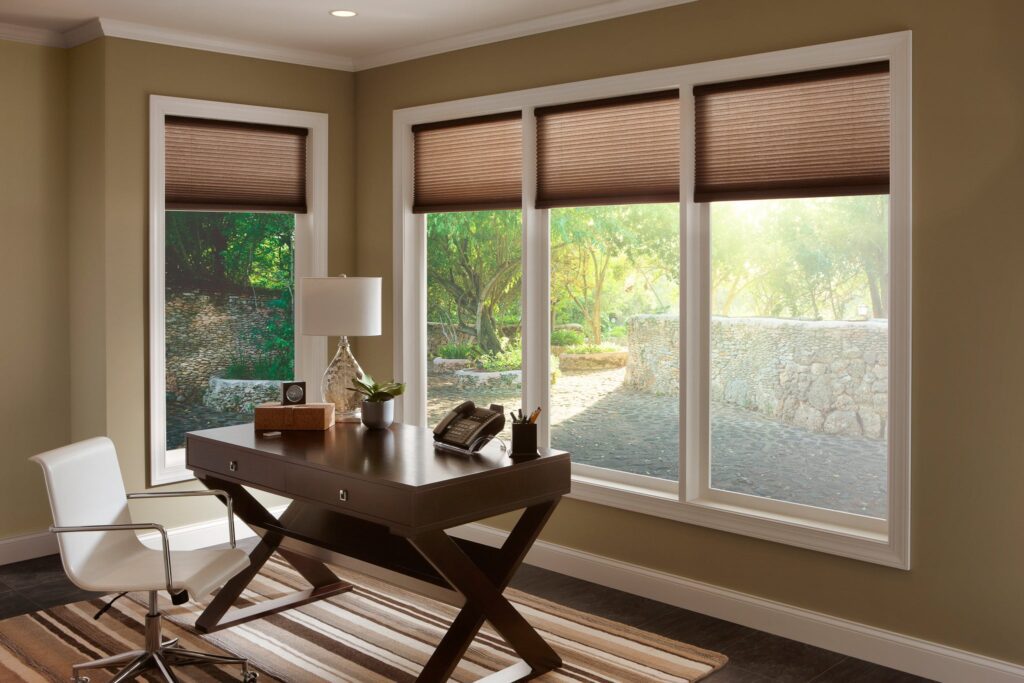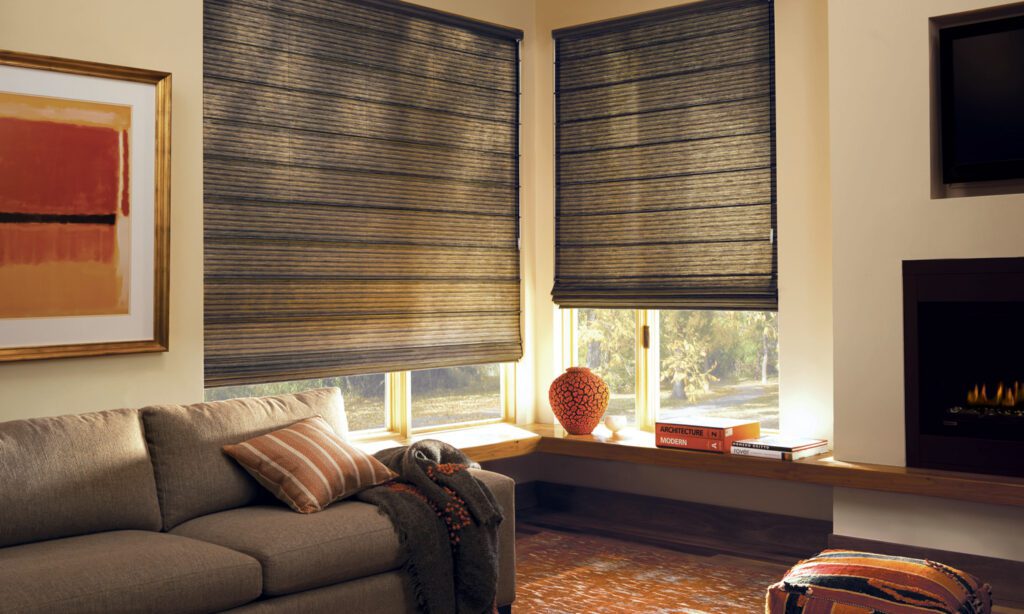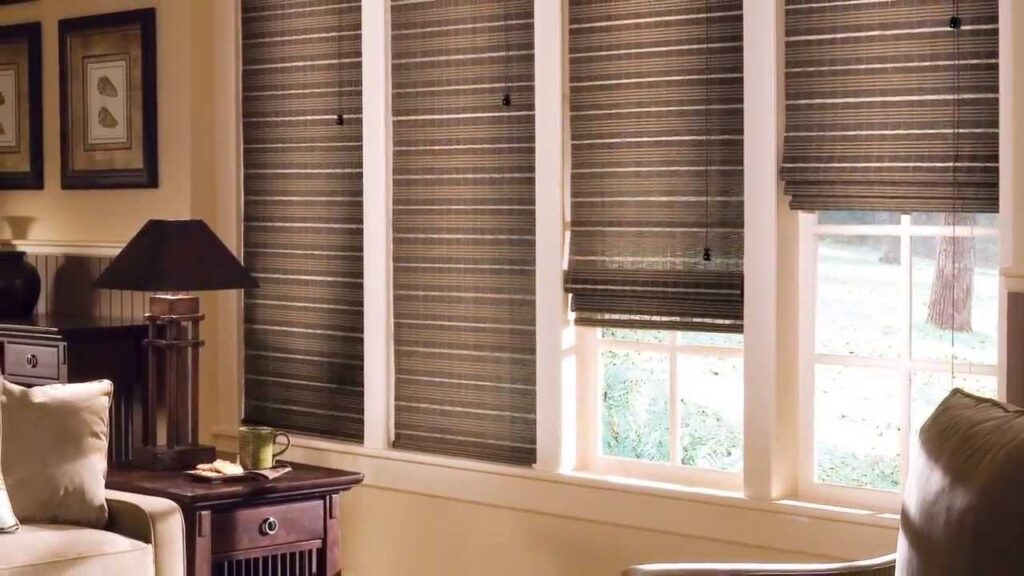
Everything You Need to Know About Smart Blinds for Your Home
Are you tired of manually adjusting your blinds every day, multiple times a day? Do you wish there was a more convenient way to control the amount of sunlight entering your room? Smart blinds may just be the solution you’re looking for. In this guide, we’ll cover everything you need to know about smart blinds, from how they work to their benefits and drawbacks, to help you decide if they’re right for you.
Table of Contents
- Introduction
- What are smart blinds?
- How do smart blinds work?
- Types of smart blinds
- Motorized blinds
- Retrofit motorization
- Cordless blinds
- Smart tinting film
- Benefits of smart blinds
- Convenience and comfort
- Energy efficiency
- Security and privacy
- Aesthetics and style
- Drawbacks of smart blinds
- Cost
- Dependence on technology
- Maintenance and repair
- How to choose the right smart blinds
- Compatibility
- Features and customization options
- Budget
- Installation and setup
- Tips and tricks for using smart blinds
- Conclusion
- FAQs
What are smart blinds?
Smart blinds are window coverings that can be controlled remotely using a smartphone, voice commands, or a smart home hub. They’re designed to automate the process of adjusting the blinds, making it easier and more convenient for you to manage the amount of light entering your room.
How do smart blinds work?
Smart blinds work by using a motorized system to open and close the blinds. The motor is usually powered by a rechargeable battery or a power adapter, and can be controlled through a wireless connection. Some smart blinds also come with sensors that detect the amount of sunlight entering the room and adjust the blinds accordingly.
Types of smart blinds
There are several types of smart blinds available on the market, each with its own features and benefits. Here are some of the most common types:
Motorized blinds
Motorized blinds are the most popular type of smart blinds. They use a motor to move the blinds up and down, and can be controlled using a remote, a smartphone app, or a voice assistant. Motorized blinds are usually powered by a rechargeable battery, which can last for several months before needing to be recharged.
Retrofit motorization
If you already have blinds that you like but want to make them smart, you can use retrofit motorization kits to add motorized controls to your existing blinds. Retrofit kits usually consist of a motor and a remote control or smartphone app, and can be installed without the need for professional help.
Cordless blinds
Cordless blinds are a type of smart blinds that don’t have any cords or chains. Instead, they use a motor to open and close the blinds, making them safer and easier to use. Cordless blinds are particularly popular in homes with young children or pets.
Smart tinting film
Smart tinting film is a type of smart blinds that can be applied directly to the window glass. The film can be controlled using a remote, a smartphone app, or a voice assistant, and can be adjusted to different levels of opacity to control the amount of light entering the room.
Benefits of smart blinds
There are several benefits of using smart blinds in your home. Here are some of the most significant ones:
Convenience and comfort
Smart blinds make it easy to adjust the amount of sunlight entering your room without having to get up and manually adjust the blinds. This can be particularly useful if you have large windows or if your blinds are hard to reach.

Energy efficiency
Smart blinds can help you save energy by reducing the amount of heat and light that enters your home. This can help you lower your energy bills and create a more comfortable living environment.
Security and privacy
Smart blinds can also provide an added layer of security and privacy in your home. You can program your smart blinds to close automatically when you’re away from home or at night, making it harder for potential intruders to see inside.
Aesthetics and style
Smart blinds come in a wide range of styles and materials, allowing you to choose a design that complements your home’s décor. Some smart blinds can even be customized with your own images or patterns.
Drawbacks of smart blinds
While smart blinds offer many benefits, there are also some drawbacks to consider. Here are some of the most significant ones:
Cost
Smart blinds can be expensive, especially if you’re looking for high-end features like voice control or automatic scheduling. Retrofit kits are a more affordable option, but they may not offer the same level of convenience as fully motorized blinds.
Dependence on technology
Smart blinds rely on a wireless connection and a power source to function, which means that they may not work if your internet or power goes out. You may also need to update the software or firmware of your smart blinds periodically, which can be a hassle.
Maintenance and repair
Smart blinds can be more complicated to maintain and repair than traditional blinds. You may need to hire a professional to install them or fix any issues that arise, which can be costly.
How to choose the right smart blinds
When choosing smart blinds for your home, there are several factors to consider. Here are some of the most important ones:
Compatibility
Make sure that your smart blinds are compatible with your existing smart home system or devices. If you don’t have a smart home system yet, look for blinds that are compatible with popular platforms like Amazon Alexa or Google Assistant.
Features and customization options
Consider the features and customization options that are important to you, such as voice control, automatic scheduling, or motorized tilt. Think about how you want to control your smart blinds and what features will make your life easier.
Budget
Set a budget for your smart blinds and stick to it. Remember to factor in the cost of installation and any additional equipment or accessories you may need.
Installation and setup
The installation process for smart blinds will depend on the type of blinds you choose. Some blinds can be installed without the need for professional help, while others may require the expertise of a trained technician. Make sure to follow the manufacturer’s instructions carefully and test the blinds thoroughly before using them.

Tips and tricks for using smart blinds
Here are some tips and tricks to help you get the most out of your smart blinds:
- Use the scheduling feature to automatically adjust your blinds based on the time of day or the weather conditions.
- Experiment with different levels of opacity to find the right balance of natural light and privacy.
- Consider adding sensors to your smart blinds to make them even more responsive to changes in light and temperature.
- Don’t forget to update the firmware of your smart blinds periodically to ensure that they’re working properly.
Conclusion
Smart blinds offer a convenient and stylish way to control the amount of light entering your home. While they can be expensive and require some maintenance, they provide many benefits that can improve your comfort, security, and energy efficiency. By considering the factors discussed in this guide, you can choose the right smart blinds for your home and enjoy their many advantages.
